
1. AMD’s new EPYC processor completes tape-out using TSMC’s 2nm process
2. TSMC plans to mass produce advanced panel-level packaging by 2027
3. Apple to analyze user data from devices to enhance AI technology
4. Reports indicate Taiwanese bidders are competing for AMD’s ZT server assets
5. Five US companies jointly sue the Trump administration to block tariffs
6. Vision Transformers have surpassed CNNs: Analysis of reasons and how to maximize their performance
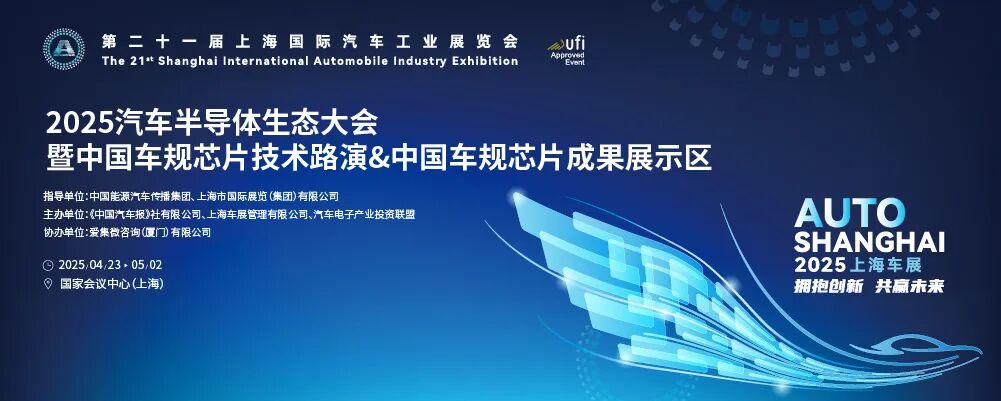
1. AMD’s new EPYC processor completes tape-out using TSMC’s 2nm process
On Monday, April 14, AMD announced that the sixth-generation AMD EPYC processor, codenamed “Venice,” has completed tape-out and is expected to launch in 2026.
Reportedly, Venice is the industry’s first HPC CPU design to complete tape-out using TSMC’s N2 process technology, highlighting AMD’s aggressive product roadmap and TSMC’s readiness for production nodes.
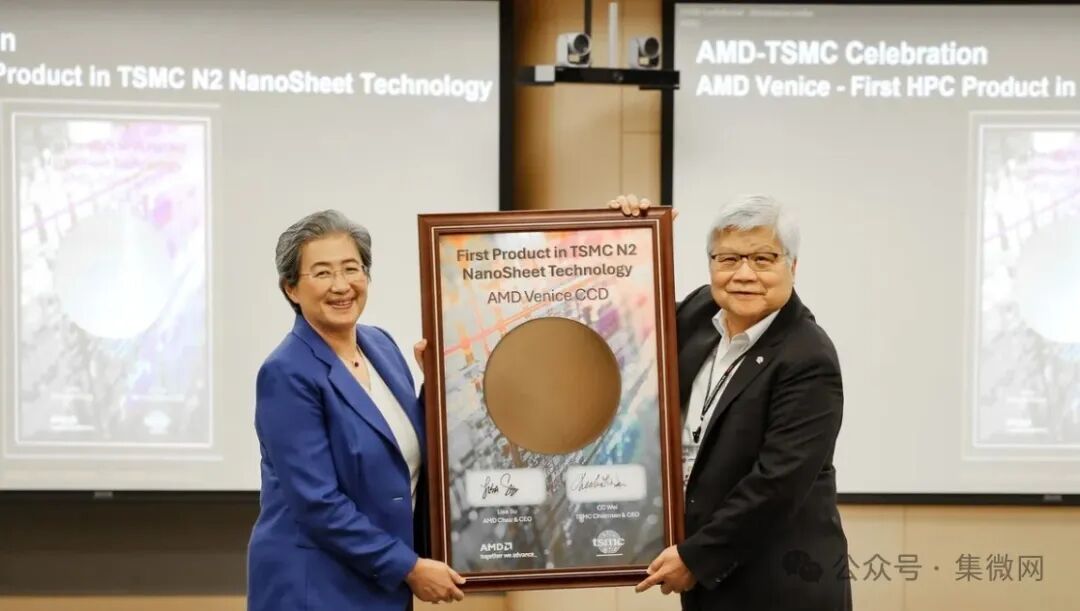
AMD’s Chair and CEO, Dr. Lisa Su, stated that TSMC has been an important partner for AMD for many years, and AMD is TSMC’s first HPC customer for the 2nm process and Fab 21 in Silicon Valley, showcasing the close collaboration between the two companies to drive innovation and provide advanced technology for future development.
TSMC’s Chairman and CEO, Dr. C.C. Wei, stated that the collaboration with AMD has driven significant technological advancements, providing better performance, power efficiency, and yield for efficient wafers.
TSMC’s N2 process is its first process technology based on Gate-All-Around (GAA) nanosheet transistors. The company expects this process technology to reduce power consumption by 24% to 35% compared to the previous generation N3 (3nm), or improve performance by 15% at constant voltage, while also increasing transistor density by 1.15 times. These improvements are primarily due to the new transistor and N2 NanoFlex design technology’s collaborative optimization framework.
Additionally, AMD announced that it has successfully validated the silicon of the fifth-generation EPYC processors produced by TSMC at its Fab 21 facility near Phoenix, Arizona. This means that some of the current generation EPYC CPUs can now be produced in the United States.
Dr. Su stated that the company will produce more AI servers in the United States.

2. TSMC plans to mass produce advanced panel-level packaging by 2027
According to reports, TSMC is nearing completion of the development of panel-level advanced chip packaging (PLP) and plans to begin small-scale production around 2027.
To meet the demand for more powerful AI chips, panel-level advanced chip packaging will use square substrates that can accommodate more semiconductors instead of traditional 300mm round substrates.
Two sources revealed that the first generation of TSMC’s new packaging technology will use a 310mm x 310mm substrate. This is much smaller than the 510mm x 515mm size previously tested by chip manufacturers, but still provides more surface area than traditional round wafers.
TSMC is accelerating its development schedule. Sources say the company is building a pilot production line in Taoyuan City, Taiwan, aiming to start small-scale production around 2027.
The world’s largest chip packaging and testing supplier, ASE, earlier confirmed that it is building a panel-level chip packaging line using a 600mm x 600mm substrate, but later decided to build a trial production line of the same size as TSMC’s in Kaohsiung after learning about TSMC’s smaller starting size.
Chip packaging was once considered to have lower technical requirements than chip manufacturing. However, for AI computing chips, advanced packaging methods such as TSMC’s CoWoS chip packaging technology have now become as important as chip manufacturing. This is because advanced packaging technology can integrate GPUs, CPUs, and high-bandwidth memory (HBM) into a single super chip, such as NVIDIA’s Blackwell. Broadcom, Amazon, Google, and AMD also rely on TSMC’s CoWoS technology to meet their chip packaging needs.

3. Apple to analyze user data from devices to enhance AI technology
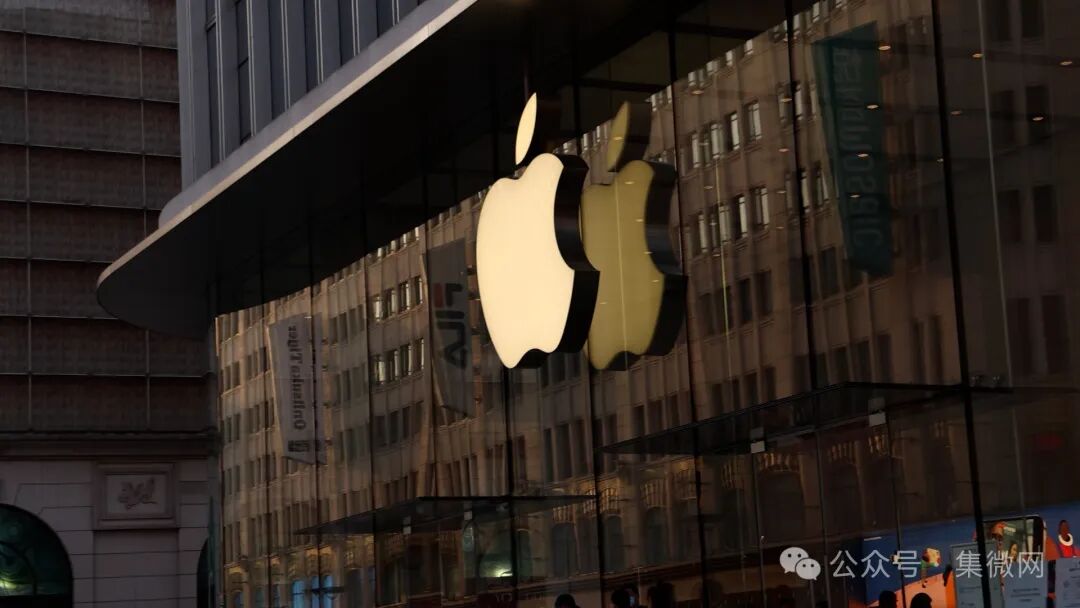
According to technology journalist Mark Gurman, Apple will begin analyzing data from customer devices to improve its AI platform, aiming to protect user information while helping it catch up with AI competitors.
Currently, Apple typically uses synthetic data to train AI models, which is designed to simulate real-world inputs but does not contain any personal information. However, this synthetic information does not always represent real customer data, making it harder for its AI systems to function properly.
Apple’s new approach will address this issue while ensuring that user data remains on customers’ devices and is not directly used to train AI models. This move aims to help Apple catch up with competitors like OpenAI and Alphabet Inc., which have fewer privacy restrictions.
The technology works as follows—Apple takes the synthetic data it creates and compares it with recent user email samples from the iPhone, iPad, and Mac email applications. By using real emails to check against false inputs, Apple can determine which content in its synthetic data set is most consistent with real messages.
These technologies will help Apple improve text-related features in its Apple Intelligence platform, such as summarization in notifications, the ability to synthesize ideas in writing tools, and the review of user messages.
Apple stated in an article on its machine learning blog on April 14: “When creating synthetic data, our goal is to generate synthetic sentences or emails that are sufficiently similar in topic or style to real content to help improve our summarization models, but Apple will not collect emails from devices.”
Large language models are the core technology of modern AI, supporting the Apple Intelligence features released by Apple last year. In addition to using synthetic data, Apple also utilizes information obtained from third parties or found through scanning the open internet to train its models. The reliance on synthetic data has its drawbacks, as the company’s tools may distort ideas in notifications and, in some cases, fail to provide accurate text summaries.
Theoretically, the new system could improve Apple’s models, which is a key step in becoming a strong competitor in the hot AI field. Apple’s AI team has found its products lagging behind competitors, prompting a recent management reshuffle of its Siri voice assistant and related work.
The company will launch the new system in the upcoming iOS and iPadOS 18.5 and macOS 15.5 beta versions. Earlier on Monday, the second beta test of these upcoming versions was made available to developers.
Apple also stated that it is taking a privacy-centric approach to improve models supporting other Apple Intelligence features, such as Image Playground, Image Wand, Memories Creation, and Visual Intelligence.
The company has already utilized a technology called “differential privacy” to improve its Genmoji feature, which allows users to create custom emojis. Apple stated in its blog post that the system uses this technology to “identify popular prompts and prompt patterns while providing mathematical guarantees that unique or rare prompts will not be discovered.”
The idea is to track how the model responds when multiple users make the same request, such as asking for a dinosaur with a briefcase, and improve the results in these cases. These features are only available to users who choose to enable device analytics and product improvement features. These options can be managed in the “Privacy and Security” tab of the company’s device settings app.
Apple stated: “Based on our years of experience using technologies like differential privacy and new techniques like synthetic data generation, we are able to improve Apple Intelligence features while protecting the privacy of users who opt into the device analytics program.”
Apple’s AI team has been in turmoil for months, with media reports detailing the team’s struggles, leadership issues, product delays, and executive turnover.
In March, Apple restructured part of its AI team’s management, stripping executive John Giannandrea of his management responsibilities for Siri and transferring the voice assistant team to Vision Pro founder Mike Rockwell and software chief Craig Federighi. Apple plans to announce upgrades to Apple Intelligence in June, but the long-awaited features for Siri will not be realized until next year.

4. Reports indicate Taiwanese bidders are competing for AMD’s ZT server assets
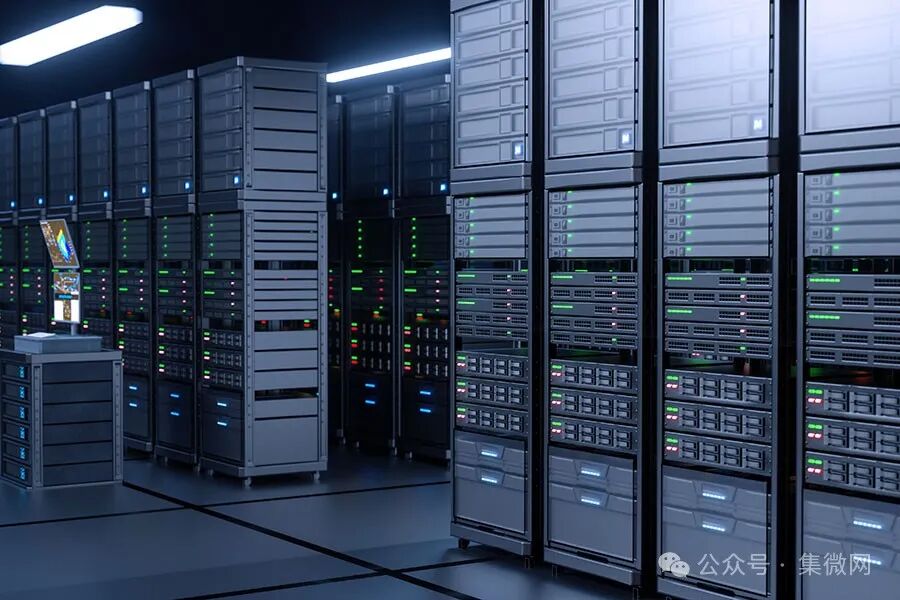
Reports indicate that Compal Electronics, Wistron subsidiary Wistron Technology, and Jabil will submit revised bids for AMD’s AI server assembly plant. Earlier reports indicated that Inventec and Pegatron were also interested in these assets, but both companies later withdrew from the bidding.
Insiders say AMD is working with advisors and has requested new bids to be submitted in the coming days, with plans to complete the sale by the end of the second quarter, with a transaction value potentially between $3 billion and $4 billion.
The sale of manufacturing assets located in Texas and New Jersey comes as many Taiwanese electronics companies are rushing to build factories in the United States to avoid tariffs imposed by President Trump, both current and future. One insider stated that bidders believe these factories are valuable due to their 1,500 skilled employees.
AMD inherited these factories through its $4.9 billion acquisition of ZT Systems, which was completed at the end of March. AMD stated last year that it would sell its manufacturing business to avoid competing with customers like Dell and HP.
Discussions are ongoing, and it is still uncertain whether AMD will be able to reach an agreement.
Industry research analysts Kunjan Sobhani and Oscar Hernandez Tejada previously estimated that the manufacturing division could sell for between $1.5 billion and $3 billion. In the 12 months prior to being acquired by AMD, the server manufacturing business generated approximately $10 billion in revenue.
For potential buyers, this is an opportunity to seize facilities for manufacturing servers at the core of the AI boom. NVIDIA, a leader in the AI chip space, has stated plans to produce up to $500 billion worth of AI infrastructure in the United States through manufacturing partnerships over the next four years.
Taiwanese companies, including Foxconn, rely on Mexico as a key center for AI server assembly and component production. Since Trump’s election victory in November 2024, Foxconn has purchased land in the United States and stated last month that it would announce increased investments in the U.S. Its Taiwanese counterpart Quanta’s board has also approved a $230 million capital increase for its U.S. subsidiary.

5. Five US companies jointly sue the Trump administration to block tariffs
A legal advocacy organization has requested the U.S. International Trade Court to block President Donald Trump’s imposition of comprehensive tariffs on foreign trading partners, claiming the president has overstepped his authority.
The lawsuit was filed by the nonpartisan organization “Freedom Judicial Center” on behalf of five small U.S. businesses that import goods from countries affected by the tariffs. The lawsuit challenges the tariffs imposed on April 2, known as “Liberation Day,” as well as the tariffs imposed solely on China.
Freedom Judicial Center’s senior legal advisor, Jeffrey Schwab, stated in a statement: “No individual should have the authority to impose taxes that have such a significant impact on the global economy. The Constitution grants Congress the power to set tax rates (including tariffs), not the president.”
A White House spokesperson, Harrison Fields, defended Trump’s tariff policy in a statement.
“Anti-Trump individuals will always oppose him, but President Trump is defending the interests of the people by preventing our trading partners (especially China) from taking advantage of the United States. His plan creates a fair competitive environment for businesses and workers to address the national emergency of the long-standing trade deficit,” said Harrison Fields.
The Trump administration is facing a similar lawsuit in federal court in Florida, where a small business owner is requesting a judge to block tariffs on China.
Trump imposed a 10% tariff on goods from all countries and increased tariffs on countries that the government believes have high barriers to U.S. imports, later suspending 90% of the tariffs on most of those countries for 90 days.
The president’s executive order invoked laws including the International Emergency Economic Powers Act, which grants the president special powers to respond to unusual or extraordinary threats facing the United States.
In the lawsuit, the Freedom Judicial Center argues that this law does not grant the president the power to impose tariffs.
The lawsuit states: “There is no precedent for imposing tariffs under the International Emergency Economic Powers Act. No other president has ever done this or claimed to have the authority to do so.”

6. Vision Transformers have surpassed CNNs: Analysis of reasons and how to maximize their performance

There is no longer a discussion about whether “ViT will replace CNNs.” They have already completed this transition. The new challenge is: how to make ViT run efficiently on hardware truly designed for it.
Visual AI no longer relies on CNNs—what’s next?
For many years, Convolutional Neural Networks (CNNs) dominated the field of AI vision, widely used in scenarios such as autonomous driving assistance, facial recognition, and video surveillance. But now, the industry has shifted—Vision Transformers (ViT) are now recognized as superior in many computer vision tasks. ViT can understand global information, has resistance to interference, and can handle complex scenes, becoming the new standard for visual AI.
There is no longer a discussion about whether “ViT will replace CNNs.” They have already completed this transition. The new challenge is: how to make ViT run efficiently on hardware truly designed for it.
This article will explore the reasons ViT has become the preferred choice, the key differences of ViT, and the essential hardware features needed to maximize its performance.
Why has the Vision Transformer triumphed?
CNN processes images in a bottom-up manner, extracting features layer by layer from edges to complete object recognition. This method works well for clean, ideal images, but is prone to errors when faced with occlusions, image corruption, or adversarial noise. In contrast, Transformers analyze images as a whole, using attention mechanisms to understand the relationships between different regions of the image.
Quanta Magazine once used a vivid analogy: “CNN is like gradually zooming in from a single pixel; the Transformer is like slowly bringing a blurry image into focus.”
This approach gives ViT significant advantages:
● Exceptional object recognition capabilities in complex scenes—while CNN focuses on local features, ViT considers the global context, thus performing far better than CNN in cluttered environments (e.g., pedestrians partially obscured by vehicles).
● Stronger resistance to interference—CNNs can be misled by subtle pixel perturbations (e.g., misclassifying a stop sign as a yield sign). ViT’s holistic analysis makes it harder to interfere with.
● Better scene parsing adaptability—tasks like autonomous driving require not only object recognition but also scene segmentation and path planning. ViT excels in these areas.
Of course, these advantages come at a cost: ViT has high computational complexity and demands far more computing power than CNN. Therefore, current research focus has shifted to AI hardware optimization.
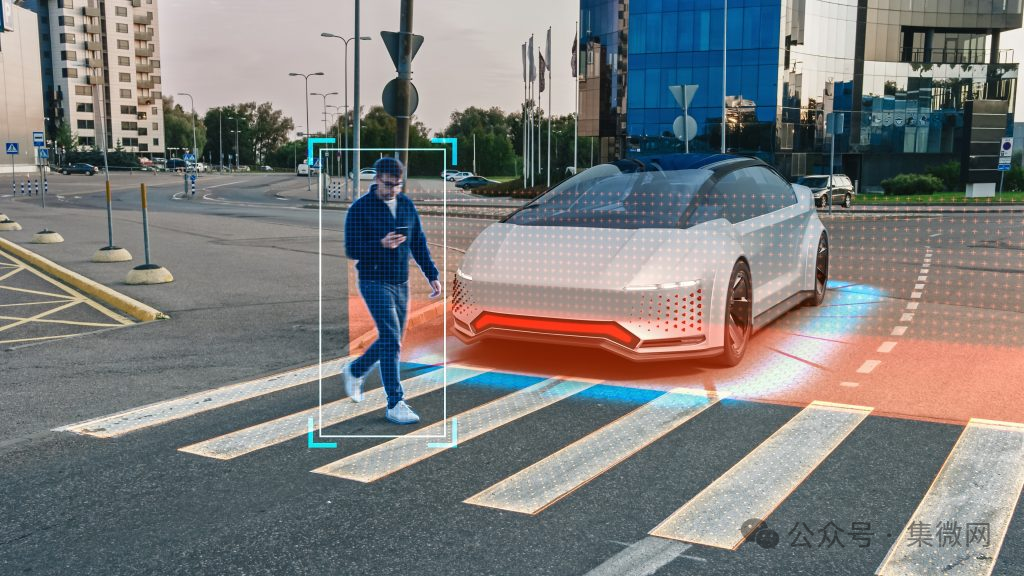
What kind of hardware can truly unleash ViT’s potential?
To enable ViT to perform at its best in edge AI applications, the underlying hardware must be optimized for its unique computational needs. The neural network processors (NPU) supporting ViT must possess the following capabilities:
1. Efficient attention mechanism acceleration—ViT relies on matrix multiplication and attention layers rather than CNN’s convolution operations, so hardware must be specifically optimized to quickly process these computational flows.
2. Mixed data type support—ViT’s attention calculations require floating-point precision, while the multi-layer perceptron (MLP) stage can use low-bit integers (e.g., INT8), and the hardware must smoothly switch between these.
3. Structured and unstructured sparse computation acceleration—ViT has a lot of redundant computations (e.g., zero-value multiplications). Efficient hardware can skip these unnecessary steps, improving speed and energy efficiency.
4. High-throughput custom operators—assigning computational tasks to external accelerators can slow down inference speed. Instead, hardware must integrate custom operators with the Transformer core into the same pipeline to achieve maximum efficiency.
5. Parallel and multi-core computing capabilities—scene segmentation and understanding require a lot of parallel computations. To efficiently complete such tasks, multi-engine support is essential.
6. Model compression and pruning support—ViT has a massive number of parameters, potentially reaching billions. Hardware that supports pruning and compression can minimize loading times and memory pressure.
7. On-chip processing to reduce memory bottlenecks—some advanced ViT solutions can run directly on local devices without external memory, significantly enhancing edge AI efficiency.
The future is here: ViT-specific hardware is the next step
Visual AI is rapidly evolving, and ViT has surpassed CNN in critical areas such as autonomous driving and security. The next challenge is to ensure that NPU hardware efficiently supports ViT while balancing energy efficiency and real-time performance.
At CEVA, we have integrated the above hardware optimizations into our NeuPro-M NPU IP. To learn more about how we drive high-performance ViT applications, please visit our website or contact us for in-depth discussions.
The future of AI vision is here—make sure your hardware can keep up. (Source: CEVA IP)
Hot Topics:
1.The US launches chip import investigation, plans to impose tariffs!2.Trump: Chinese chips will face national security investigation;3.The US announces tariff exemptions for 20 items including semiconductors
4.Domestic smart driving solution providers apply for bankruptcy review
5.84%! China’s countermeasures against the US take effect today, US tariffs on China rise to 125%
6.TSMC may face fines of $1 billion or more from the US!
7.Over $18 billion! Another major acquisition in the semiconductor industry announced;
8.Tariff impacts may cause CPU/GPU prices to soar, Apple facing an additional $8.5 billion in costs
For more newsPlease click to enterAiJingwei Mini Program Read